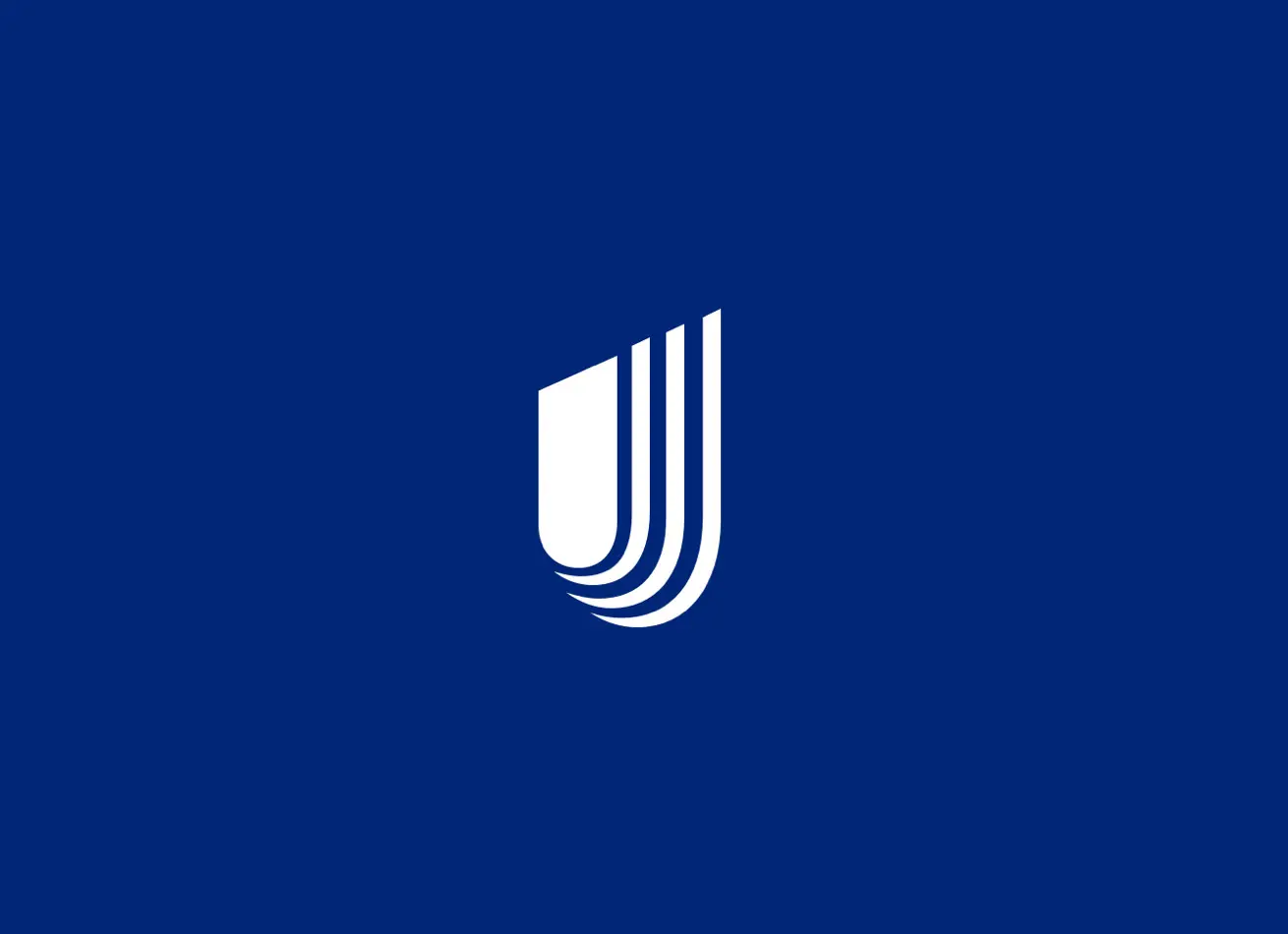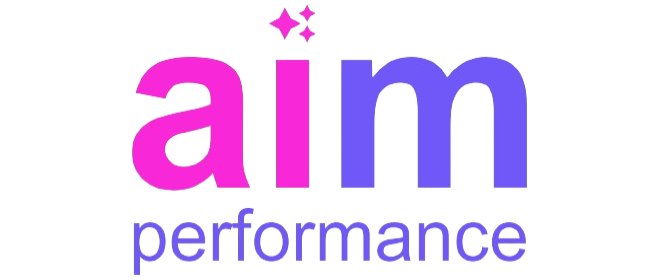Job satisfaction is a cornerstone of a successful workforce. Whether you’re dealing with white-collar, grey-collar, or blue-collar workforces, ensuring job satisfaction can lead to increased productivity, reduced turnover, and a more positive work environment. Performance management is a powerful tool that can help organizations foster job satisfaction across all workforce segments. This blog will explore how performance management promotes job satisfaction for white-collar, grey-collar, and blue-collar workforces.
Understanding the Link Between Performance Management and Job Satisfaction
Performance management plays a crucial role in creating a satisfied workforce. When employees understand what is expected of them and receive regular feedback on their performance, they feel more engaged and valued. This sense of clarity and recognition directly influences job satisfaction.
In white-collar environments, performance management helps align individual goals with organizational objectives, making employees feel that their contributions matter. Grey-collar and blue-collar workforces also benefit from performance management systems that clarify roles and responsibilities, reduce uncertainties, and provide a clear path for career development. In all these segments, performance management systems contribute to a more motivated and satisfied workforce.
Setting Clear Expectations for All Workforce Segments
One of the most important aspects of performance management is setting clear expectations. When employees know exactly what is expected of them, it reduces stress and increases job satisfaction. Ambiguity in job roles can lead to frustration and dissatisfaction, but performance management eliminates this uncertainty by providing a structured framework for responsibilities.
For white-collar workforce, clear expectations translate into well-defined project goals and timelines. Grey-collar employees, who often juggle both technical and managerial tasks, benefit from clarity on how to balance these responsibilities. In blue-collar environments, where task completion and operational efficiency are critical, performance management helps ensure that workforce know precisely what they need to accomplish.
Continuous Feedback: A Key Driver of Satisfaction
Continuous feedback is a vital component of performance management that promotes job satisfaction. Employees across all workforce segments need regular feedback to understand how they are performing and where they can improve. When feedback is constructive and continuous, it fosters a culture of growth and satisfaction.
White-collar professionals often deal with complex projects, so continuous feedback helps them stay on track and feel supported. Grey-collar workforce benefit from feedback that helps them balance their dual roles effectively, while blue-collar workforce appreciate feedback that directly impacts their day-to-day operations. Continuous feedback ensures that all employees feel valued and acknowledged, which boosts job satisfaction.
Recognizing and Rewarding Achievements
Recognition is a powerful motivator, and performance management systems are designed to acknowledge and reward achievements. Whether it’s a job well done on a project or meeting production targets, recognizing employees’ efforts promotes job satisfaction by making them feel appreciated.
White-collar workforces thrive on recognition that highlights their strategic contributions to the organization. Grey-collar employees, who often play multifaceted roles, appreciate recognition that acknowledges both their technical and managerial skills. Blue-collar workforce, who are often on the front lines of operations, gain satisfaction from recognition that acknowledges their hard work and dedication.
Career Development Opportunities and Job Satisfaction
Career development is closely linked to job satisfaction. Employees who see a clear path for growth within their organization are more likely to be satisfied with their jobs. Performance management plays a critical role in identifying development opportunities for employees across all segments of the workforce.
For white-collar workforce, career development might involve opportunities to lead new projects or take on more strategic responsibilities. Grey-collar employees benefit from development plans that allow them to advance in both their technical and managerial roles. Blue-collar workforce, often focused on specific skills, gain satisfaction from training and development opportunities that enhance their expertise and open up new career paths.
Reducing Turnover Through Increased Satisfaction
High employee turnover can be costly for any organization, and job satisfaction is one of the key factors in reducing turnover. Performance management systems contribute to job satisfaction by addressing employees’ needs, providing growth opportunities, and creating a supportive work environment.
Satisfied white-collar workforce are more likely to stay with their organization when they feel valued and see opportunities for advancement. Grey-collar employees, who often serve as the bridge between management and the workforce, remain loyal when they feel supported in their dual roles. Blue-collar workforce, who may be most vulnerable to turnover due to physical demands, are more likely to stay with a company that recognizes their efforts and invests in their growth.
Creating a Positive Work Culture
A positive work culture is essential for job satisfaction, and performance management is a key tool in fostering that culture. When performance management systems are aligned with the values of the organization, they help create an environment where employees feel respected, motivated, and satisfied.
In white-collar settings, a positive culture might focus on innovation, collaboration, and professional growth. Grey-collar workforce appreciate a culture that values both their technical expertise and leadership abilities. For blue-collar workforce, a positive culture is one where safety, respect, and teamwork are prioritized. Performance management systems help cultivate this culture, leading to higher job satisfaction.
Enhancing Work-Life Balance
Work-life balance is an important aspect of job satisfaction, and performance management can help employees achieve this balance. By setting realistic goals and providing the support needed to meet them, performance management systems allow employees to manage their workloads effectively without feeling overwhelmed.
White-collar professionals, who often deal with demanding projects, benefit from performance management that helps them prioritize tasks and avoid burnout. Grey-collar workforce, who balance hands-on work with administrative duties, appreciate systems that help them manage their time efficiently. Blue-collar workforce, whose jobs are often physically demanding, gain satisfaction from a performance management system that respects their need for a balanced life.
Building Trust and Engagement Through Performance Management
Trust is a critical element of job satisfaction, and performance management systems that are transparent and fair build trust between employees and management. When employees feel that their performance is being evaluated fairly and that their contributions are recognized, they are more engaged and satisfied with their jobs.
White-collar workforce, who are often involved in decision-making processes, value trust and transparency in performance evaluations. Grey-collar employees, who act as intermediaries between management and other workforce, need systems that build trust across the board. Blue-collar workforce, who may feel removed from management decisions, gain satisfaction when they see that their performance is evaluated based on clear, fair criteria.
Conclusion: Fostering Job Satisfaction Through Performance Management
Performance management is not just about improving productivity or achieving business goals; it’s also a powerful tool for promoting job satisfaction. By setting clear expectations, providing continuous feedback, recognizing achievements, offering career development opportunities, and fostering a positive work culture, performance management helps employees across all segments of the workforce feel valued and satisfied in their roles.
Whether your organization employs white-collar professionals, grey-collar workforce, or blue-collar employees, performance management can be the key to unlocking higher job satisfaction and, ultimately, better organizational performance.











